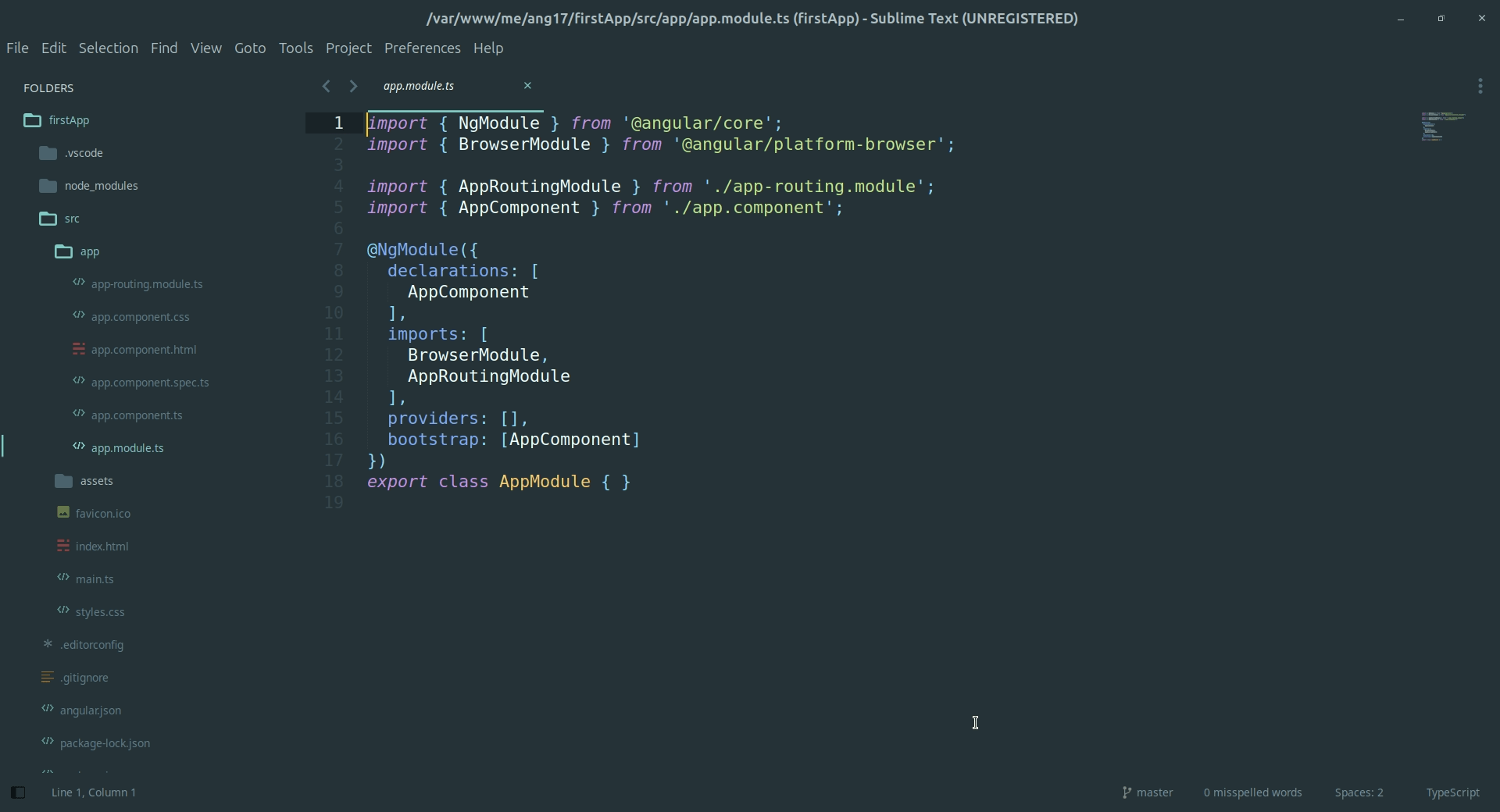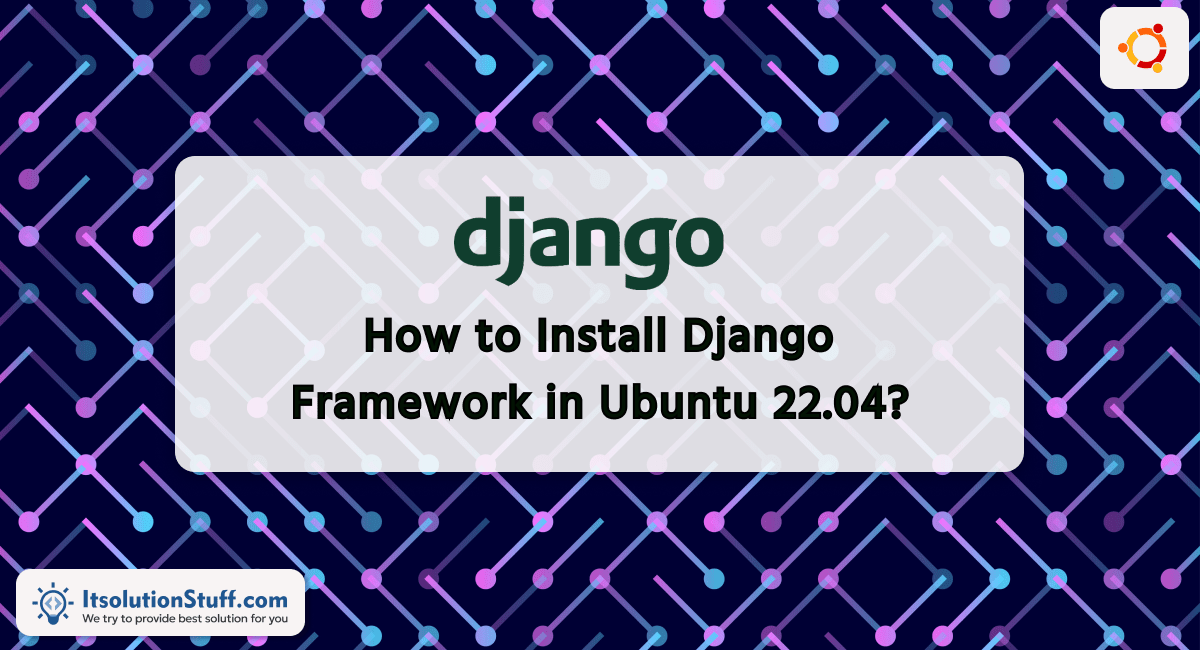
Significance and Rising Popularity of Laravel
Stepping into the realm of web development, you’ll find an array of tools, libraries, and frameworks at your disposal. Among these, Laravel deserves special mention. As a PHP framework, Laravel serves as a robust and efficient tool, ideal for web development enthusiasts and experts. The consistent rise in its popularity underpins this fact significantly. Understanding Laravel opens avenues to simplified yet effective web application creation, providing you with the key to unlock a competitive edge in the industry.
The Framework’s Core Strengths in Modern Web Development
Due to its subtle blend of simplicity with power, Laravel-1 has solidified its place in the web development sector. Its design primarily focuses on enhancing the user’s experience by integrating ease of use with a wide array of features. Key facets such as Laravel-1 architecture, Laravel-1 MVC pattern, authentication process, and Laravel-1 database migration make it a go-to development tool in the industry.
Preview of the Comprehensive Guide’s Content
Read on to delve deeper into the intricacies of Laravel framework development. From exploring the Laravel-1 coding structure to understanding the Laravel-1 server requirements, this guide will facilitate a profound understanding of Laravel-1. It aims at being the torchbearer as you navigate through complex programming paradigms. Unravel the potential of this open-source project, decode the Laravel-1 command line interface, and familiarize yourself with the Laravel-1 web application functionality. Comprehensive, precise, and lucid–this guide strives to be all that and much more.
In-depth Understanding of Laravel-1
Key Features and Components of Laravel-1
Laravel-1 is an open-source project with a robust PHP library that has a plethora of features that streamline web application development. One such noteworthy feature is the Laravel-1 database migration. This feature is exceptionally useful in helping developers maintain the database structure of an application without recreating it every time a change is made, thereby minimising the risk of losing development data.
The Laravel-1 authentication feature is another significant component. Developers can bootstrap it to provide a simple, yet secure way of authenticating the users of a web application. This process ensures optimal user data protection.
Moreover, the Laravel-1 coding structure enables developers to maintain a clean codebase with its elegant syntax. This feature alongside the MVC pattern in Laravel-1, simplifies web development drastically, allowing for easier maintenance and upgrades down the line.
The Laravel-1 server requirements are quite minimal, allowing for easy setup and thorough integration with various software. The Laravel-1 command line interface also offers a range of necessary commands for Laravel development, which simplifies tasks and boosts productivity.
Practical Applications and Case Studies
Laravel-1’s flexibility and vast range of features make it greatly utilised in various high-profile web applications. For instance, multiple Fortune 500 companies have embraced Laravel for its readability and superb performance. It’s also worth noting that Laravel-1 is frequently preferred by startups for its strong security and efficient structure.
A case study worth mentioning involves a global company that turned to Laravel-1 for consolidating its various web applications into one robust system. The use of Laravel-1 in this scenario maximized data efficiency, granted better security, and provided a solid platform for the company to scale-up.
Another case involved a startup that used Laravel-1 to build a highly interactive e-commerce site. With Laravel’s flexible routing system and MVC architecture, the startup was able to create a simplified yet powerful user interface with enhanced functionality and high security. This case clearly underscores how Laravel-1 excels in building dynamic web applications that meet modern expectations.
Steps in Laravel Framework Development
Installation and Setup Process
The process for getting started is quite streamlined, largely due to the user-friendly Laravel-1 installation guide. Begin your journey into Laravel-1 web development with the Laravel-1 framework’s installation. Ensure the Laravel-1 server requirements such as PHP’s latest stable version and composer are met, as they are crucial for Laravel’s proper functionality.
Once the environment is ready, using Composer, you can install Laravel by running a series of commands as detailed in the Laravel-1 installation guide. Upon successful completion, you will have the Laravel-1 framework installed and ready for use on your local server.
Following installation, set up your web application. You can bootstrap the Laravel-1 authentication for user management, adjust the database details depending on your database type, and ensure Laravel’s environment file is correctly set up to continue with Laravel-1 web development.
Exploring and Mastering the Advanced Features
Having installed and setup Laravel-1, the next step is exploring and mastering its advanced features. As a developer, understanding the depth of Laravel-1 architecture should be one of your priorities. Contributing to Laravel-1’s MVC pattern, the architecture ensures a seamless correlation of application aspects such as user interface and database operations.
In addition, mastering database migration in Laravel-1 will take you a step closer to becoming a proficient Laravel developer. As Laravel-1 provides an easy way to control the database system, learning to create and manage databases, tables, and indices using migrations ensures that all team members can easily stay in sync with the database structure of the application.
Important to note is the Laravel-1 command line interface, which simplifies tasks for Laravel developers. Scouring through the Laravel-1 PHP Framework tutorial and guides will expose you to numerous techniques that help in business logic implementation, application management, and Laravel’s deep listing of artisan commands, which help in managing several dimensions of Laravel-1 web application functionalities.
Best Practices and Essential Tips in Laravel
Coding Standards and Conventions in Laravel
Learning and mastering the Laravel-1 coding structure is a crucial step when venturing into Laravel-1 web development. Laravel follows PSR-2 and PSR-4 coding standards, which recommend coding practices that should be adhered to for writing clean and easily readable code in PHP. In Laravel-1, understanding and effectively applying these coding conventions will significantly enhance your efficiency and productivity as a Laravel developer.
Another practice to note involves taking advantage of the Laravel-1 PHP framework tutorial, Laravel’s vast community, and documentation. Whether you’re beginning or enhancing Laravel web application development, Laravel-1 has an extensive community that can assist you in comprehending the Laravel-1 PHP library better for efficient code development.
Moreover, the MVC pattern in Laravel-1 is a coding convention that developers should understand and adhere to. This principle ensures there’s a logical separation between the different aspects of the application, fostering more readable code and easier debugging and testing processes.
Identifying and Resolving Common Challenges
Certain challenges are common in every development framework. In Laravel-1, developers frequently confront issues such as dealing with Laravel-1 web development complexities and executing appropriate Laravel-1 database migration practices.
The solution to these challenges lies in leveraging Laravel-1’s detailed documentation and dynamic community support. Through these resources, you can stay updated on the best ways to navigate Laravel-1’s advanced features, like the Laravel-1 command line interface and web application functionality.
Additionally, understanding Laravel-1 server requirements is crucial in averting common server compatibility errors. Laravel runs smoothly on major platforms such as Linux, Windows, and macOS, as long as they meet the server prerequisites. Hence, familiarizing oneself with these requirements can help avoid challenges related to installation and setup processes.
An important ordinal rule is to validate all data at the point of entry into your Laravel-1 applications. By doing this, you ensure that the data is safe and correct, which helps in maintaining Laravel-1’s robust security features and overall application reliability.
Laravel-1’s Potential in Transforming Web Development
Undoubtedly, Laravel-1 has brought substantial advancements in the world of web development. With its robust PHP library, elegant syntax, and power-packed features, Laravel-1 has established itself as an industry leader. Through its MVC pattern and well-organized architecture, Laravel-1 leads the way in enhancing readability, simplicity, and quick execution of web applications.
The efficacy of Laravel-1 extends far beyond simple web application development; its database migration functionality ensures seamless database management and record keeping. Furthermore, its advanced security measures underscore Laravel’s commitment to maintaining secure digital environments. Laravel-1’s potential lies not only in its features but also in the fact that it continues to evolve, maintaining its effectiveness and applicability in the changing landscape of technology.
Recommendations for Continual Learning and Mastery in Laravel
Embarking on the path to mastering Laravel-1 is a lifelong journey of learning and discovery. To excel in Laravel-1 web development, continuously explore the Laravel-1 PHP framework tutorial and documentation, as they are the definitive resources for enhancing technical knowledge and understanding of new features. Moreover, engaging with Laravel’s vibrant community can lead to insightful discussions and collective problem-solving.
When it comes to code development in Laravel-1, it is imperative to stick to the set coding standards and conventions. Leveraging best practices, such as effective use of Laravel-1’s MVC pattern and understanding the Laravel-1 server requirements before initiating a project, will enable you to produce quality applications.
Finally, keep in mind that overcoming challenges is part of the learning process. As you delve deeper into Laravel-1, you’ll encounter difficulties and obstacles reflective of real-world scenarios. Embracing these challenges and leveraging them as opportunities for learning will undeniably fortify your path towards Laravel-1 mastery.
